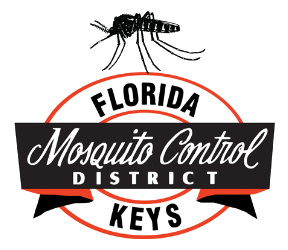Larval Control






Larval Control Program
Larval control targets mosquitoes living in water BEFORE they have a chance to become biting adults.
A naturally occurring soil bacterium, Bacillus thuringiensis israelensis (Bti), is applied from the ground or by air to larval habitats.
This bacterium is used because it virtually has no effect on non-target organisms when it is applied properly.
The District also uses Spinosad as a larvicide for container breeding mosquitoes. Spinosad is another naturally occurring soil bacterium called Saccharopolyspora spinosa that is a 2010 Presidential Green Chemistry Award winner. Both of these larvicides have the highest ratings for safety and environmental compatibility.
Larval control is the most effective method of mosquito control and is the method primarily used by the Florida Keys Mosquito Control District.
Bti , which is coated onto corncob granules, is most often applied via helicopter.
Small areas of less than an acre can be treated with liquid, granular, packet or pellet formulations of Bti .
Within the last several years FKMCD has started utilizing helicopters and special spray trucks to cover larger areas with the liquid version of Bti (Vectobac WDG). The liquid is converted to a mist by the spray equipment and this allows it penetrate breeding locations that might be missed by the granular product.

This type of application process is extremely effective in urban areas where Aedes aegypti larva may be a concern after significant rain accumulation. Containers may either be emptied or treated with spinosad tablets. Small fish (Gambusia) may be used for the control of mosquito larvae in small ponds cisterns, storm drains and like places.
